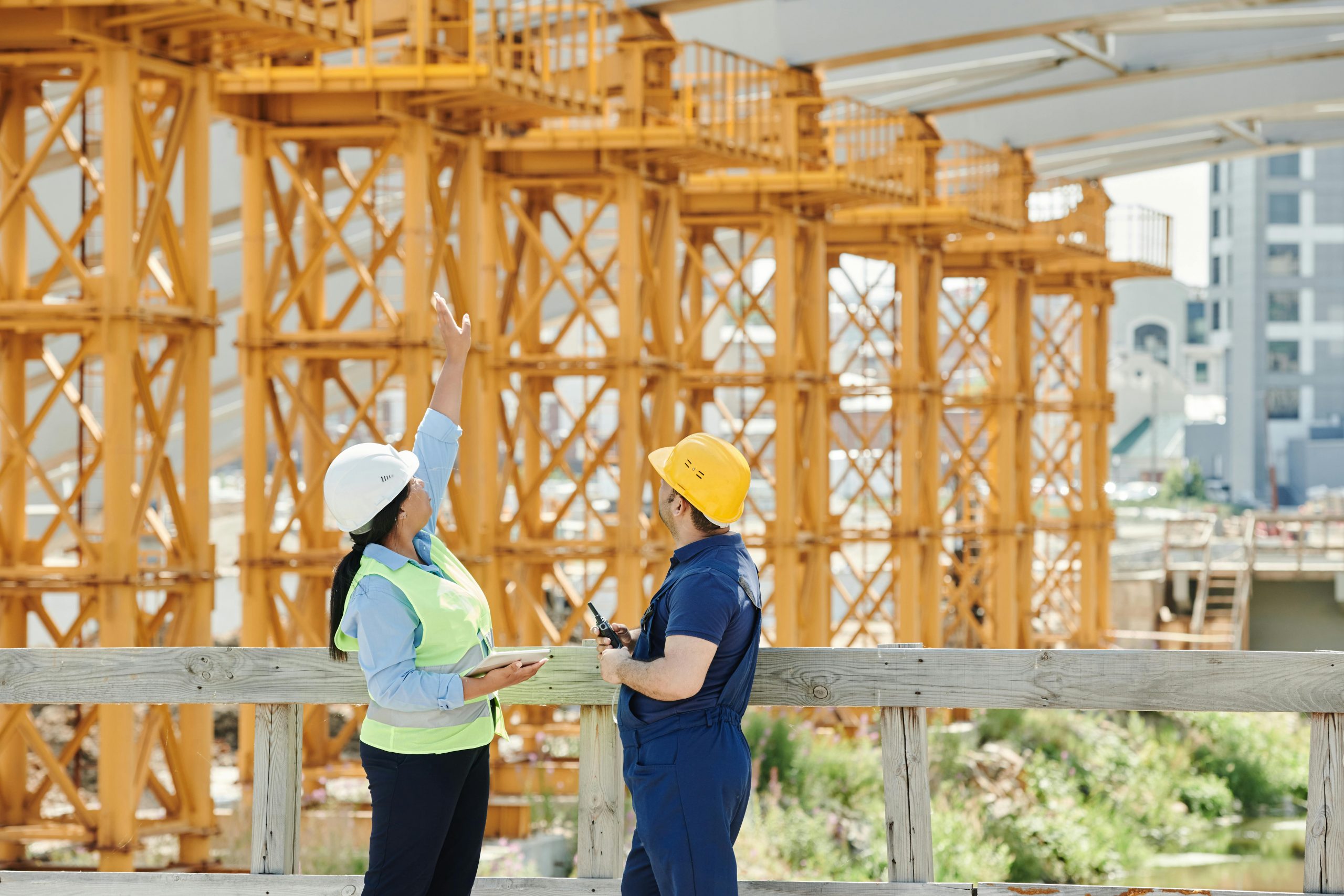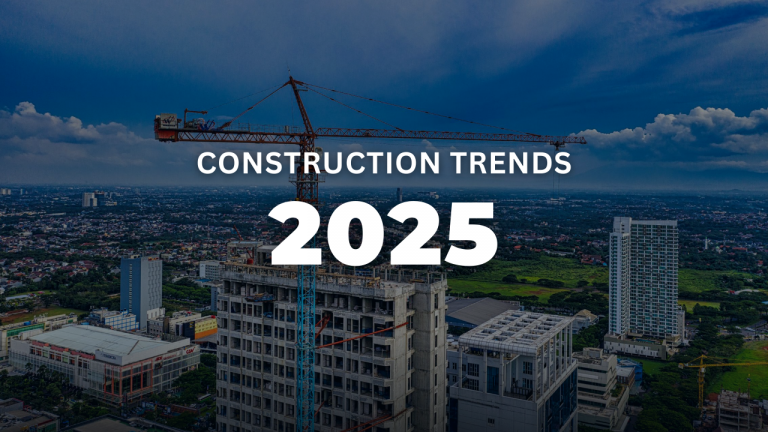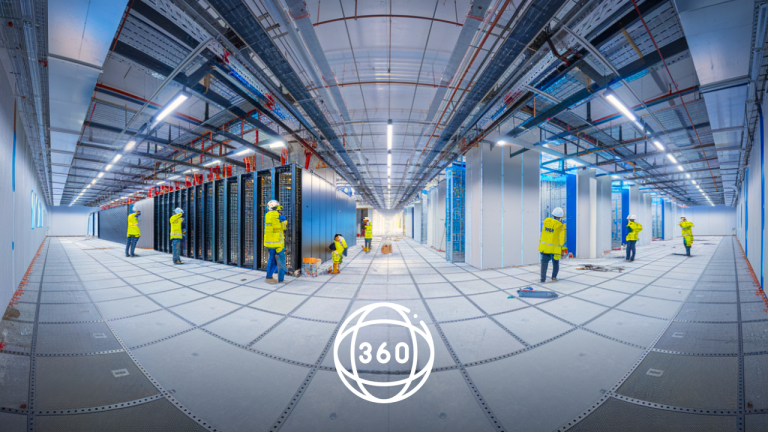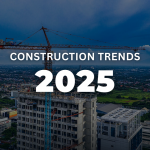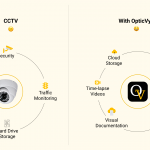Construction monitoring is an essential aspect of the construction industry, helping stakeholders ensure that projects are executed on schedule, efficiently, safely, and within budget. These stats can clarify why effective construction monitoring is of primary concern.
- 9 out of 10 projects experience cost overrun.
- RBI and the project monitoring division of the Ministry of Statistics & Program Implementation indicate that the cost overrun of delayed central sector projects as of 2022 is 31.5%.
As technology advances, several emerging trends and innovations are shaping the field of construction monitoring. Here are some key insights to help you stay ahead of the curve:
Real-time Data and IoT
In the ever-evolving landscape of construction, the integration of Internet of Things (IoT) devices has emerged. These devices, such as sensors and cameras, provide real-time data on various aspects of construction projects, including equipment performance, environmental conditions, and worker safety. Real-time data helps project managers make informed decisions and respond quickly to any issues.
Drones and Aerial Monitoring
Drones are being used for aerial surveys and the monitoring of construction sites. These unmanned aerial vehicles (UAVs) bring a new dimension to project oversight, capturing high-resolution images and videos, constructing intricate 3D models, and meticulously tracking progress. Their true prowess shines in large-scale projects, offering a cost-effective and remarkably efficient means to monitor construction sites from the skies. Drones have become the eyes in the sky for construction projects, providing a technological edge that elevates the precision and cost-effectiveness of monitoring endeavors.
Building Information Modeling (BIM)
BIM technology empowers the creation of intricate 3D models for buildings and infrastructure, ushering in a new era of project planning and design coordination. With BIM, real-time collaboration becomes more than a possibility; it becomes a cornerstone of efficient construction workflows. In essence, BIM isn’t just a tool; it’s a dynamic force shaping the way we conceive, construct, and maintain the structures that define our world.
Augmented and Virtual Reality
AR and VR technologies are increasingly being used for construction monitoring. These tools provide immersive experiences that go beyond traditional approaches, enabling project stakeholders to not just observe but actively engage with the envisioned result. The power of AR and VR lies in their ability to offer a visual journey through the construction process, allowing for a comprehensive understanding of the project’s intricacies. From design review sessions that bring blueprints to life to immersive training experiences, these technologies elevate decision-making processes by enabling stakeholders to identify potential issues in a virtual environment.
Artificial Intelligence and Machine Learning
Harnessing the power of AI and ML, construction projects now benefit from the analysis of vast datasets, enabling the prediction of potential issues and the optimization of project schedules. The transformative impact extends to safety, where AI and ML algorithms diligently identify unsafe practices or conditions, proactively mitigating risks. Beyond prediction, these technologies play a pivotal role in resource allocation, ensuring optimal utilization, and in sophisticated risk management strategies. Embracing AI and ML in construction ushers in an era of heightened foresight, efficiency, and safety, reshaping the industry’s approach to project execution.
Wearable Technology
Tech-savvy wearables equipped with sensors have become the vigilant guardians of construction sites, monitoring the health and safety of workers in real time. Vital signs are no longer just personal metrics; they are now trackable data points, ensuring a proactive approach to health management. In the event of a fall, these devices swiftly detect the incident, triggering immediate alerts. It’s not just technology; it’s a lifeline on the construction floor, providing peace of mind and, more importantly, a rapid response system to safeguard those who build our future.
Remote Monitoring and Collaboration
The advent of cloud-based platforms has ushered in a new era of construction site monitoring, transcending physical constraints. Now, project stakeholders can seamlessly monitor construction sites from any location, fostering real-time collaboration among team members regardless of their geographical dispersion. This transformative capability not only enhances flexibility but also expedites decision-making processes. Cloud-based technologies facilitate seamless data sharing, streamlined document management, and efficient communication channels, breaking down barriers and connecting project stakeholders in a virtual workspace. This evolution marks a paradigm shift, where the cloud becomes the cornerstone for efficient, collaborative, and location-independent construction project management.
Environmental and Sustainability Monitoring
As sustainability becomes a more significant concern in construction, monitoring tools are being developed to track environmental impact and resource usage. This includes monitoring energy consumption, waste generation, and the use of eco-friendly materials. As the construction landscape evolves, these monitoring tools serve as catalysts for positive change, steering the industry toward a more sustainable and responsible future.
Blockchain for Transparency
In the ever-evolving landscape of construction, the exploration of blockchain technology stands out as a beacon of enhanced transparency and security. This cutting-edge approach involves creating immutable records of crucial project data, ranging from contracts and payments to construction progress. Imagine a world where disputes are minimized, and trust among stakeholders flourishes. Blockchain, with its decentralized and tamper-resistant nature, offers precisely that. Anchoring project information in unalterable blocks, not only reduces the likelihood of disputes but also establishes an unassailable foundation of trust.
Predictive Maintenance for Equipment
Predictive maintenance solutions are the vanguard of construction efficiency, harnessing the power of IoT sensors to foresee equipment failures before they occur. By analyzing real-time data from these sensors, these solutions predict potential issues and strategically schedule maintenance, minimizing the risk of costly downtime. This proactive approach not only safeguards construction equipment from unexpected breakdowns but also ensures optimal operational efficiency.
Integration of Project Management Software
In the ever-evolving landscape of construction, a notable shift is underway as construction monitoring tools seamlessly meld with project management software, ushering in a new era of efficiency for project managers. This integration represents more than just a technical synergy; it’s a game-changer. Project managers now find themselves equipped with a unified platform that streamlines resource allocation, facilitates meticulous task tracking, and enhances overall project coordination. The synergy between construction monitoring tools and project management software isn’t just about technological collaboration; it’s about empowering project managers with a comprehensive solution that simplifies their workflow.
Conclusion
As we navigate the future of construction monitoring, technology is steering a remarkable transformation. Efficiency, safety, and sustainability are the guiding stars of this evolution. Staying ahead of the curve in this industry requires embracing these emerging trends and leveraging technology to improve project outcomes. Those who adapt to these innovations will likely benefit from increased efficiency, reduced costs, and better project outcomes.

